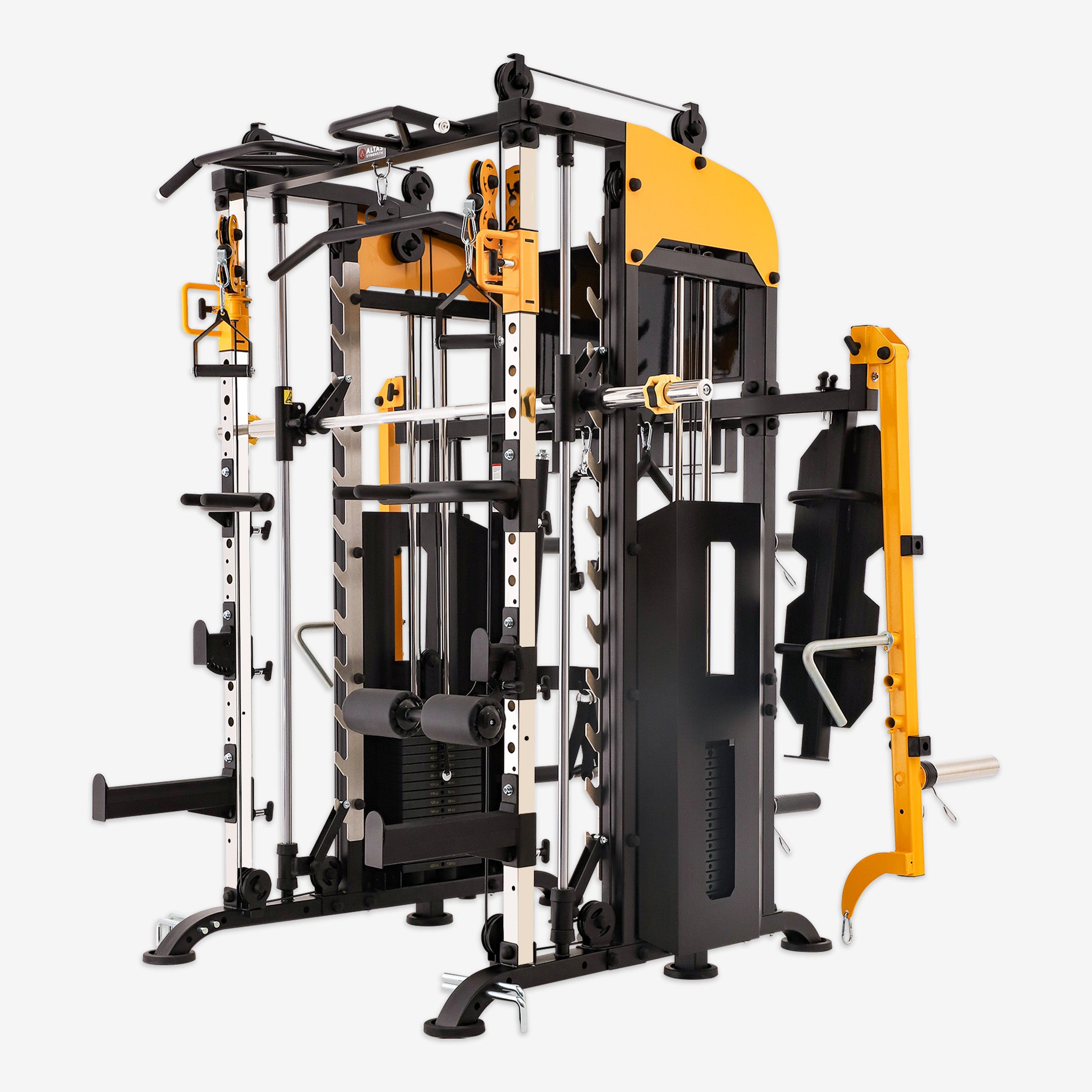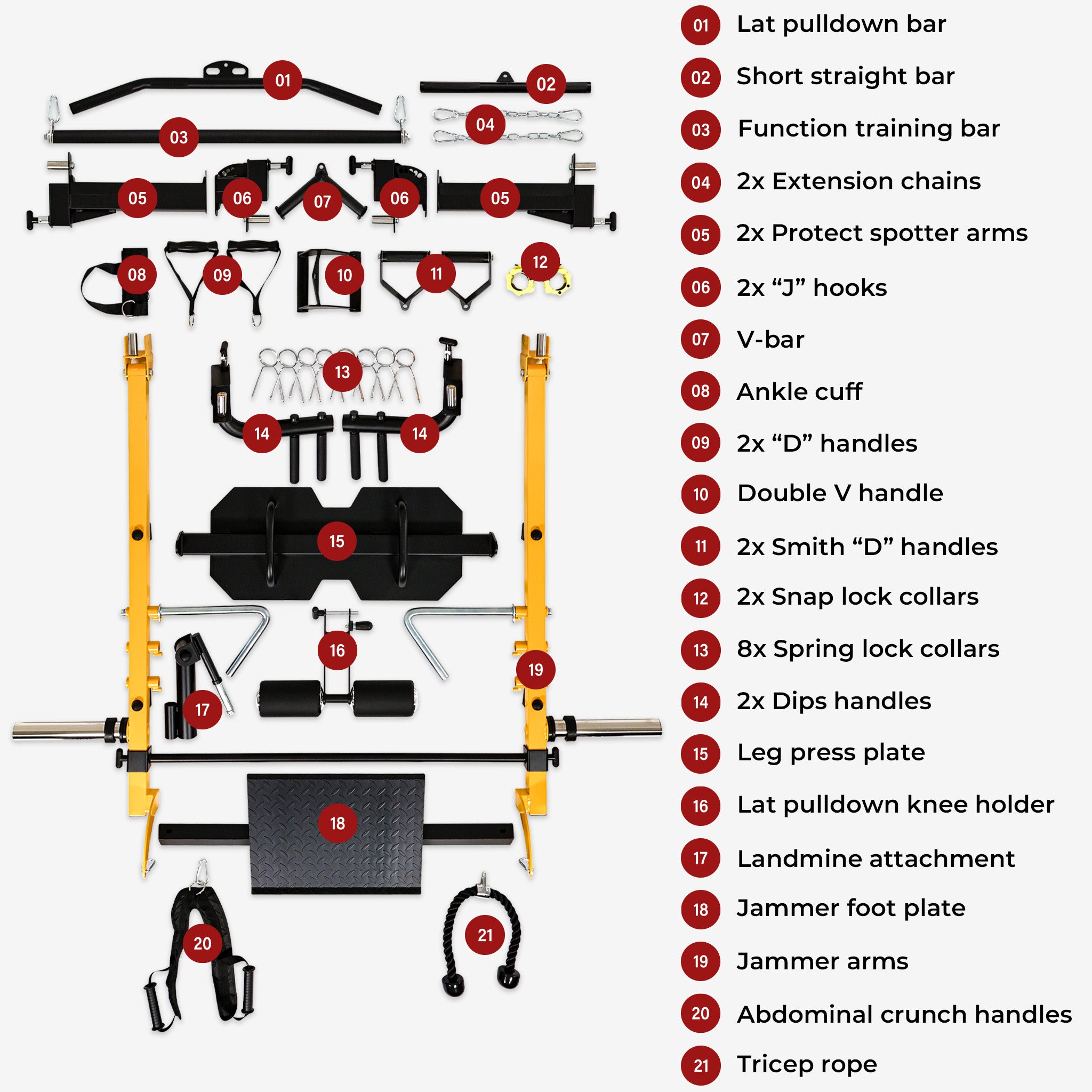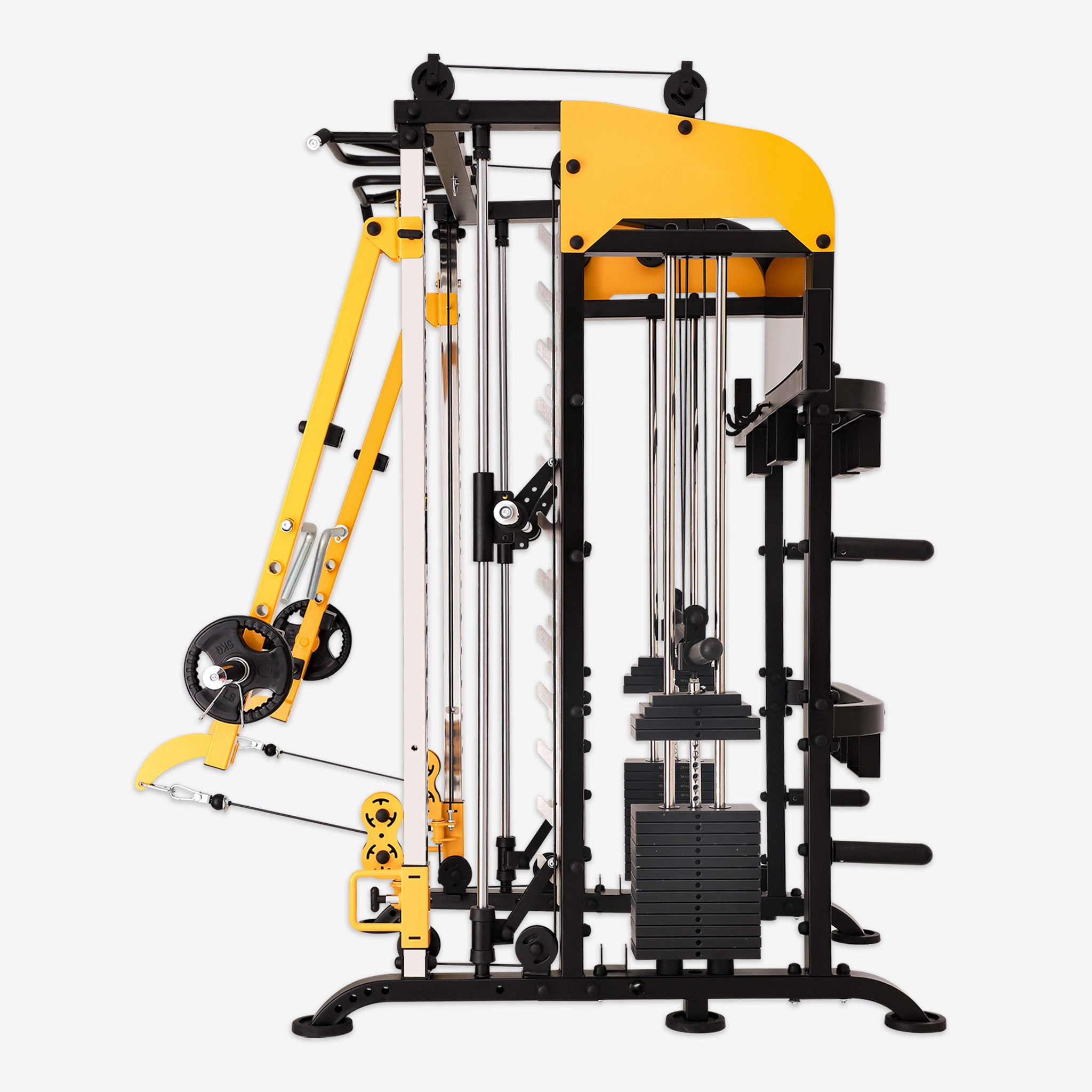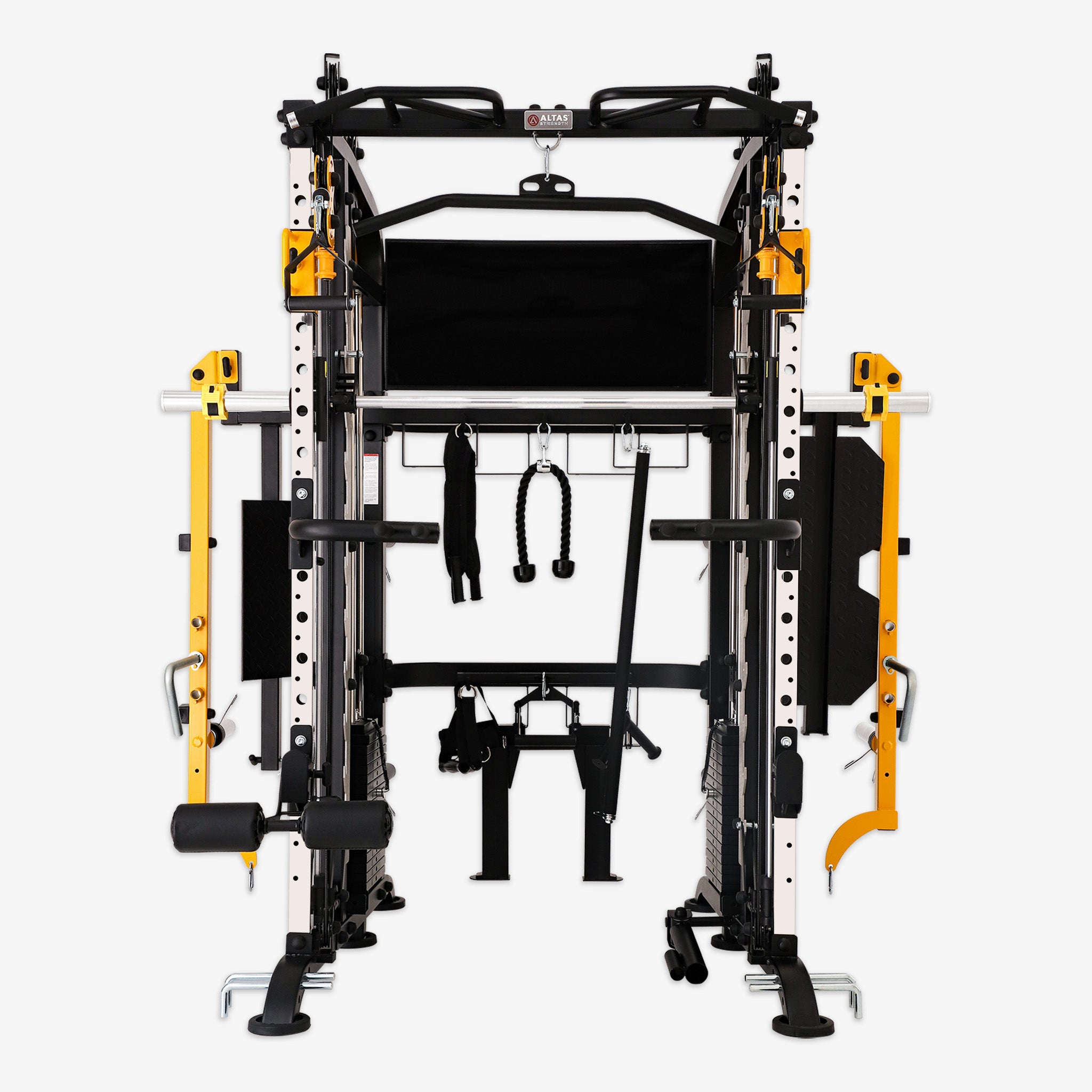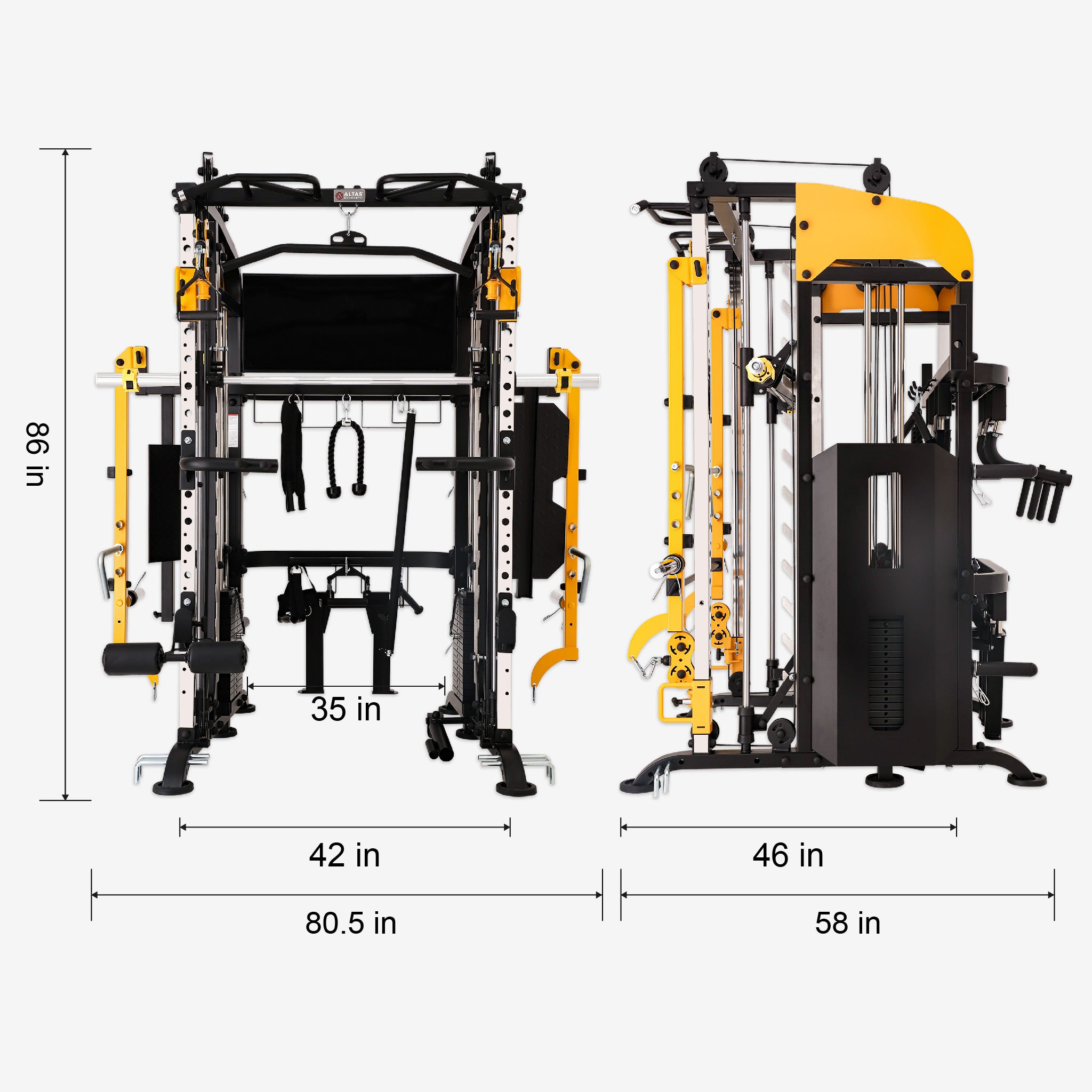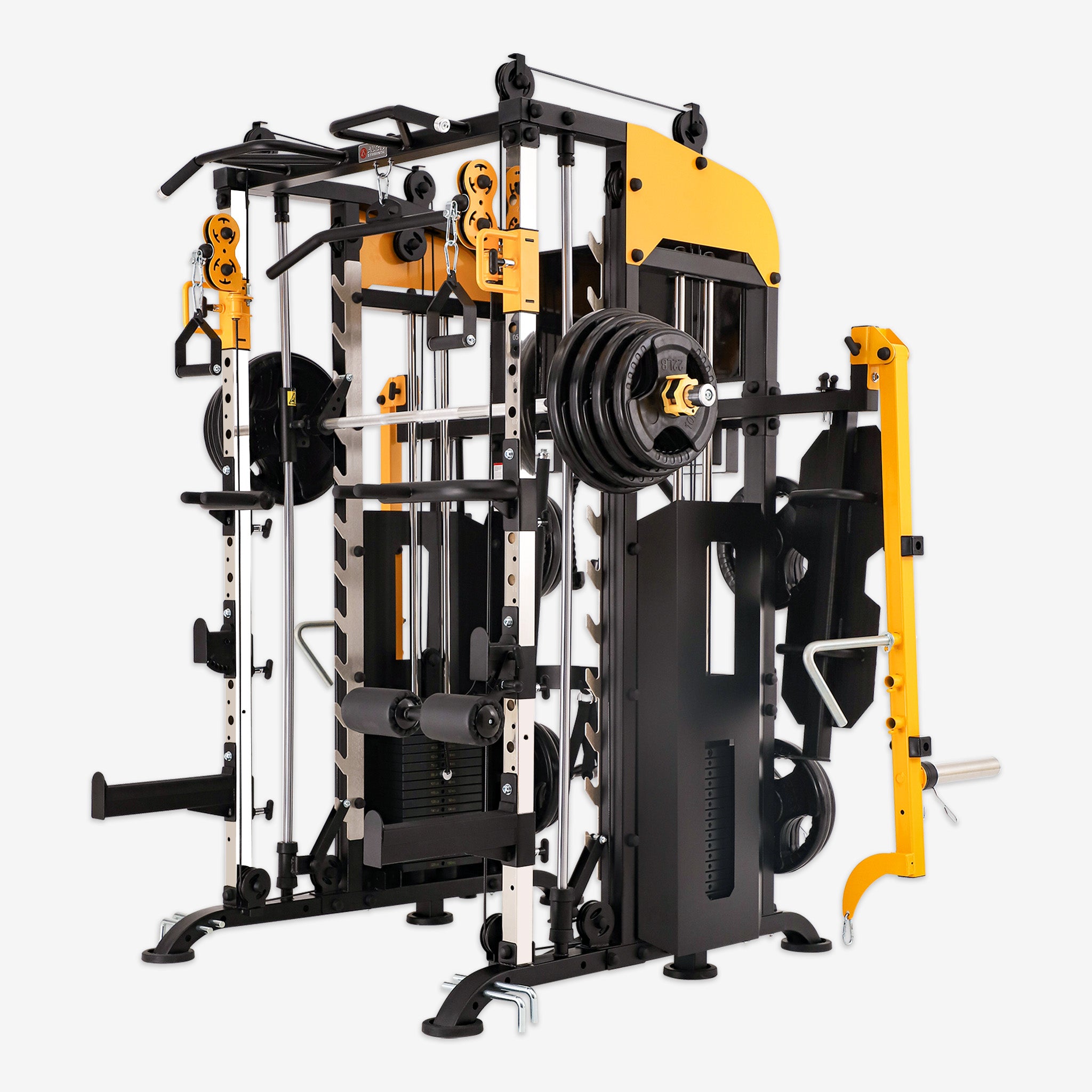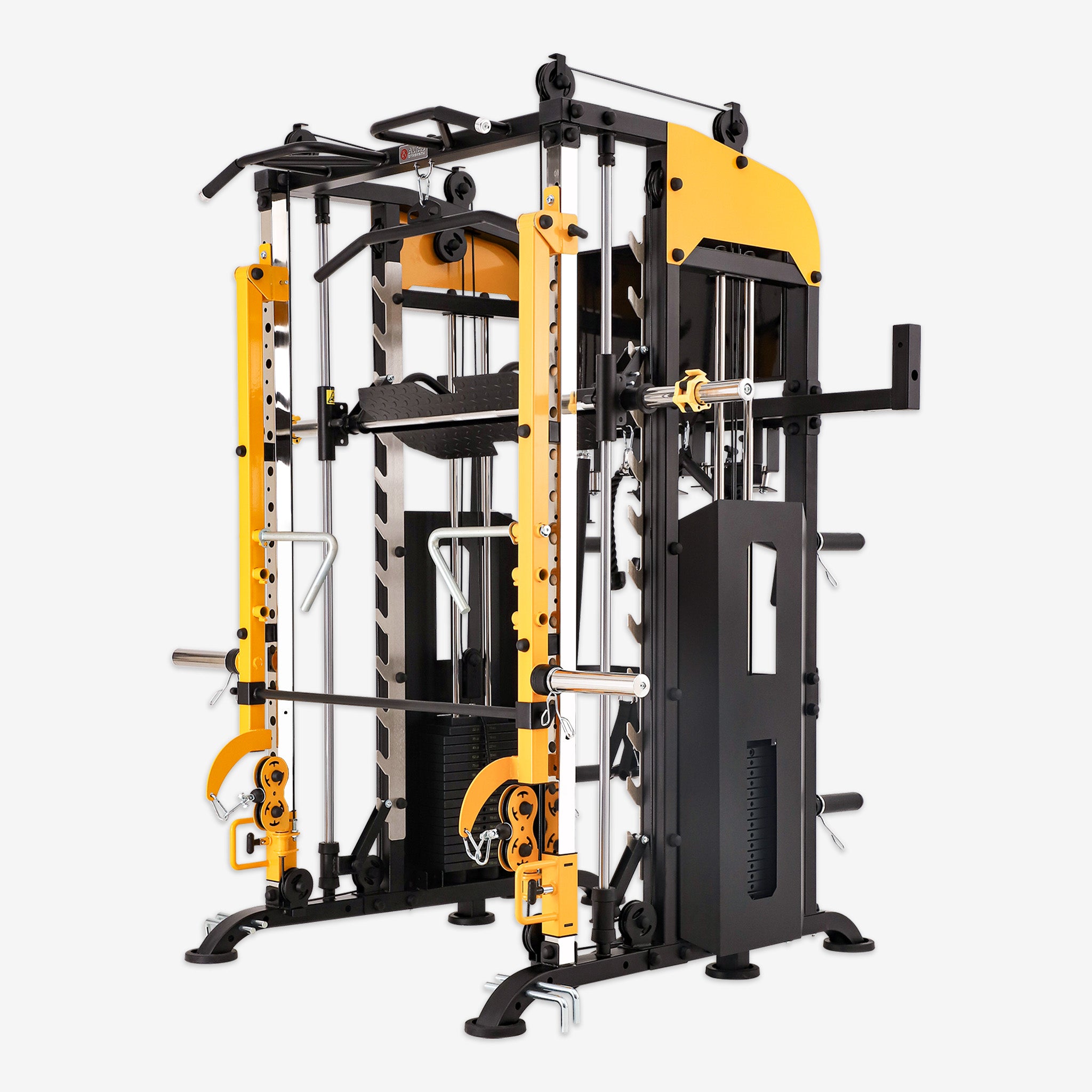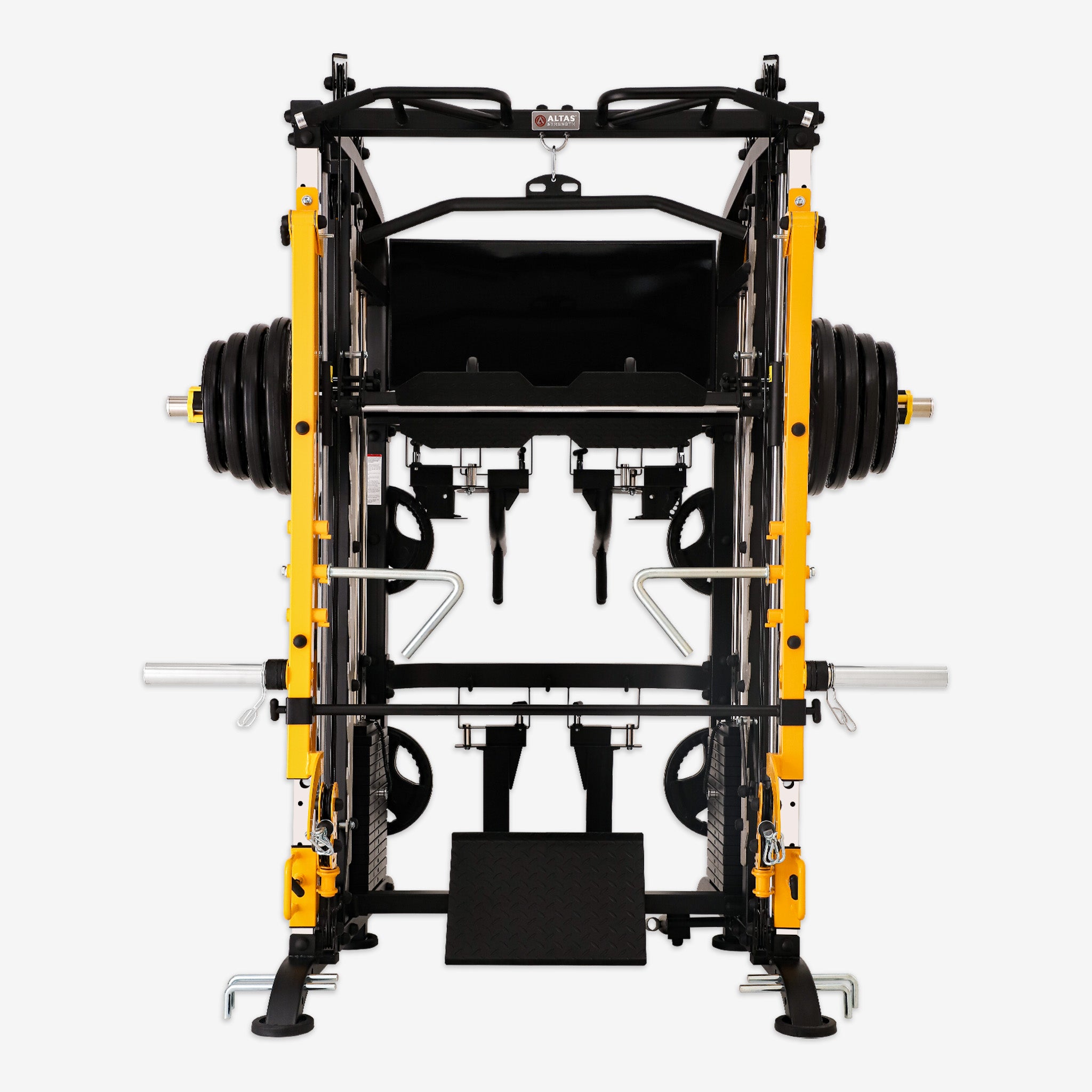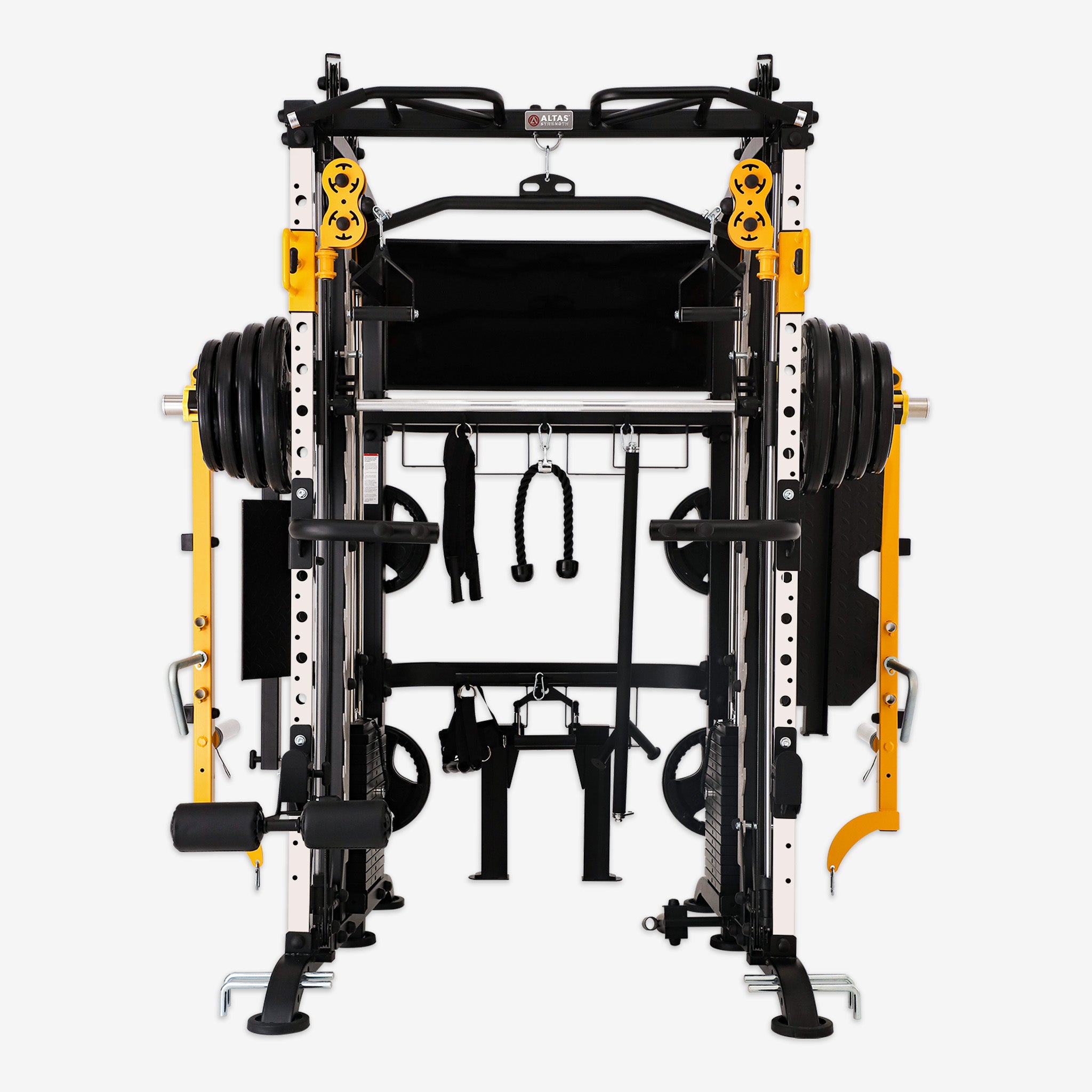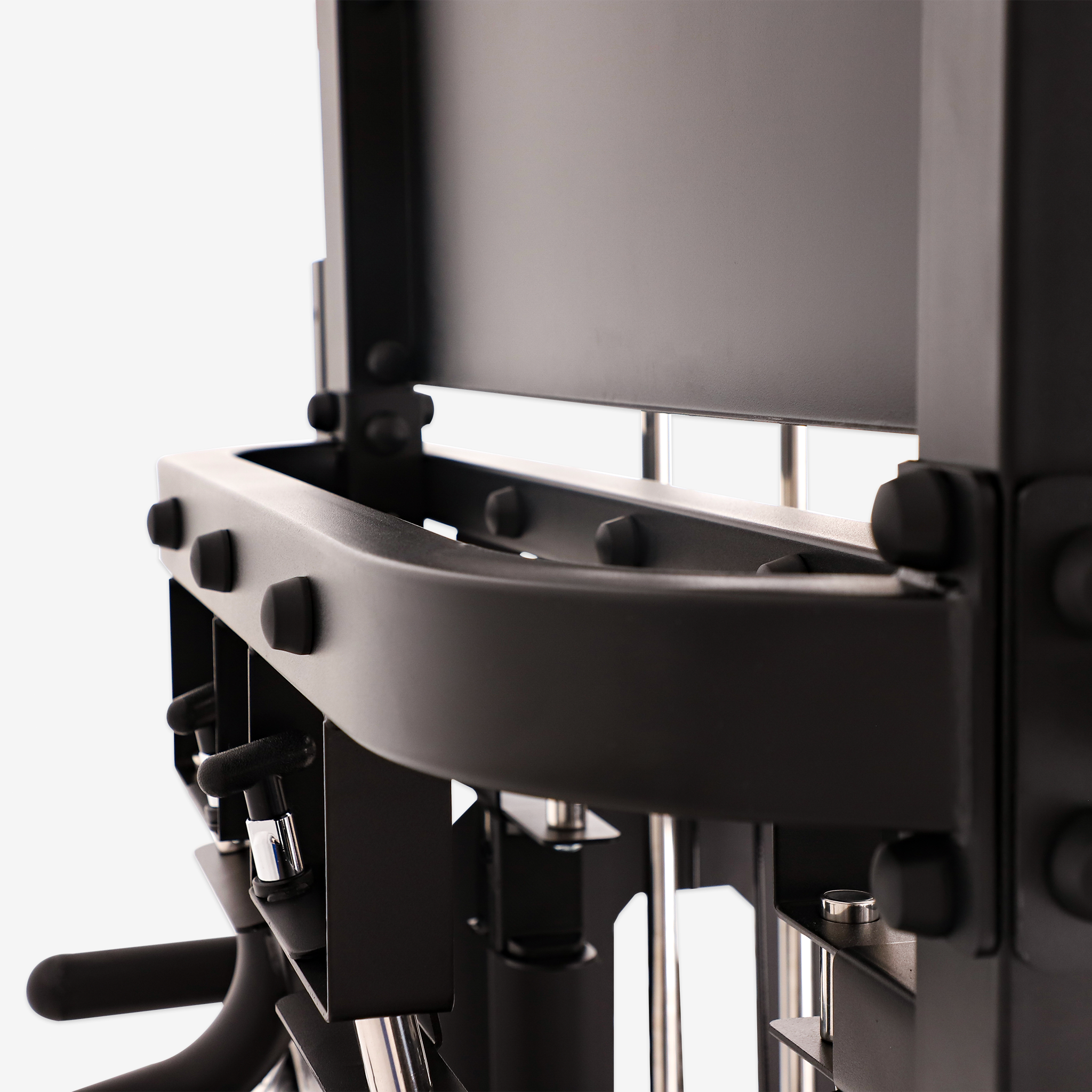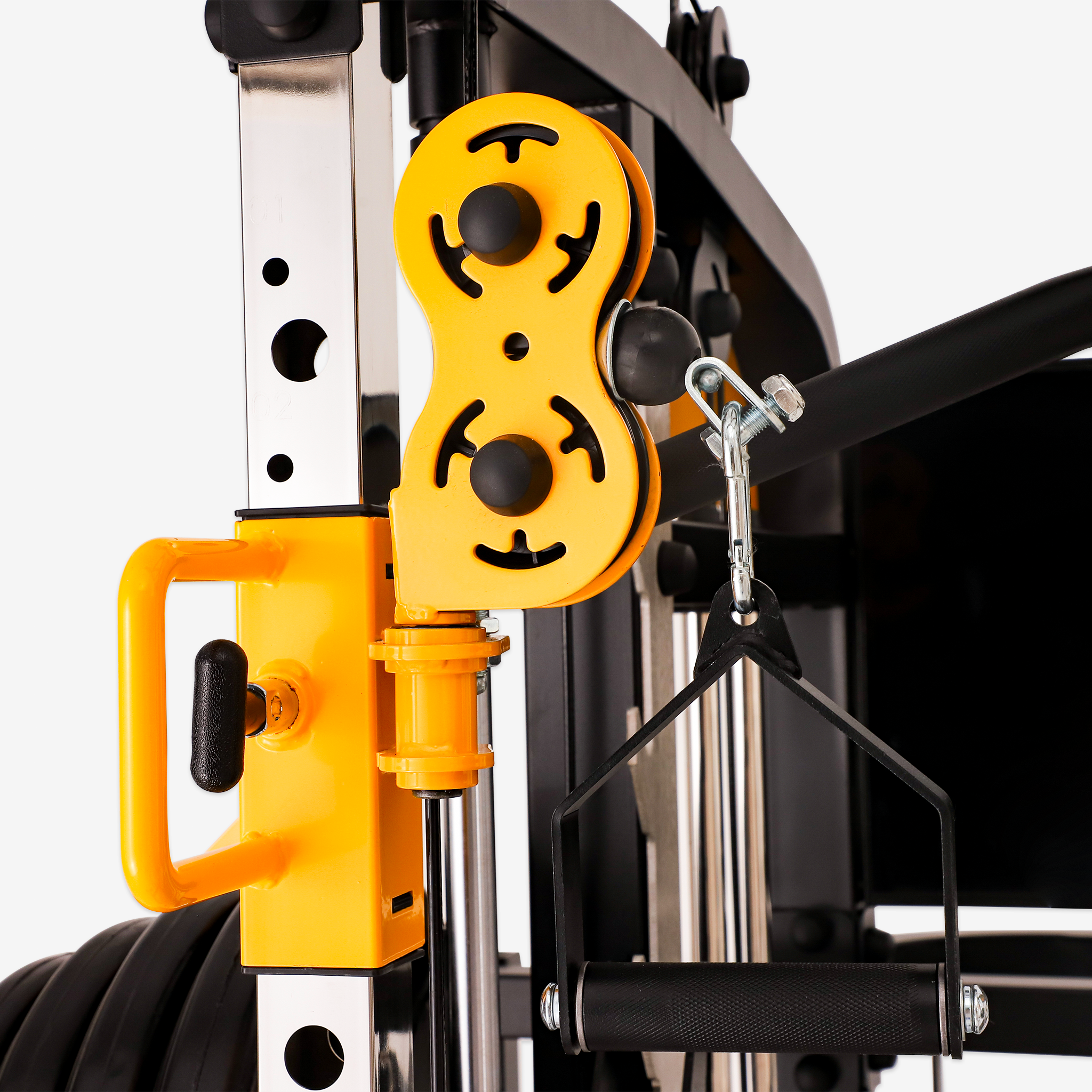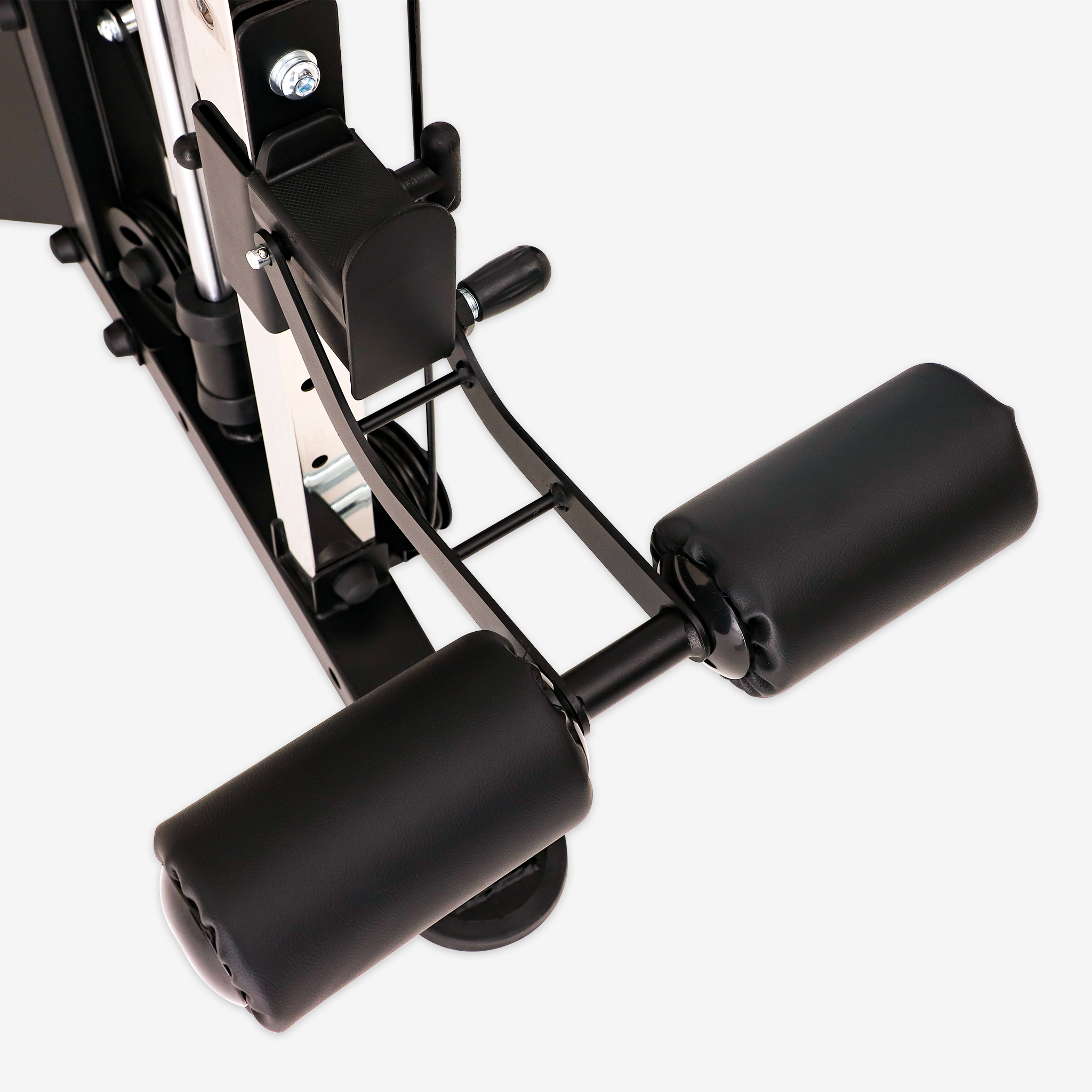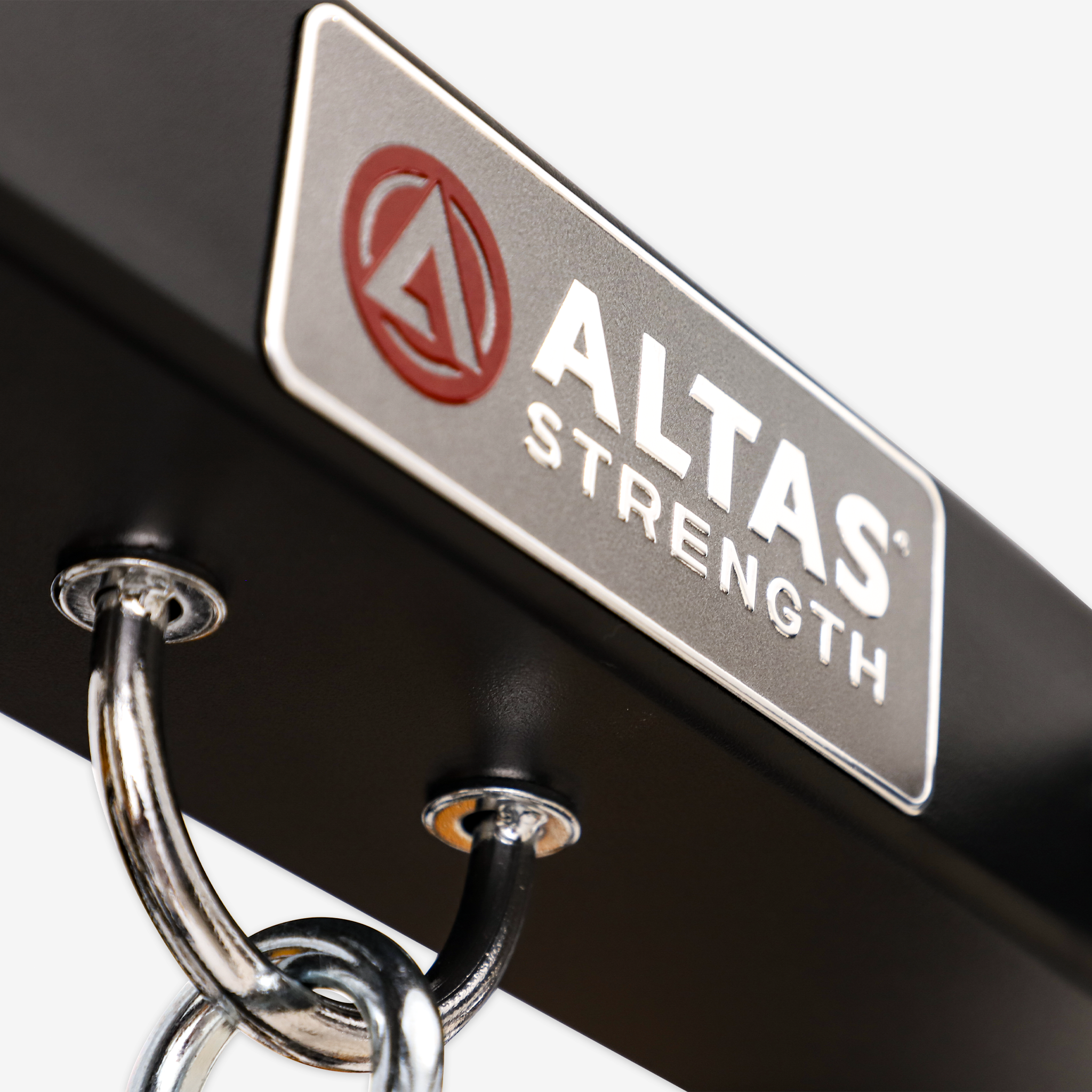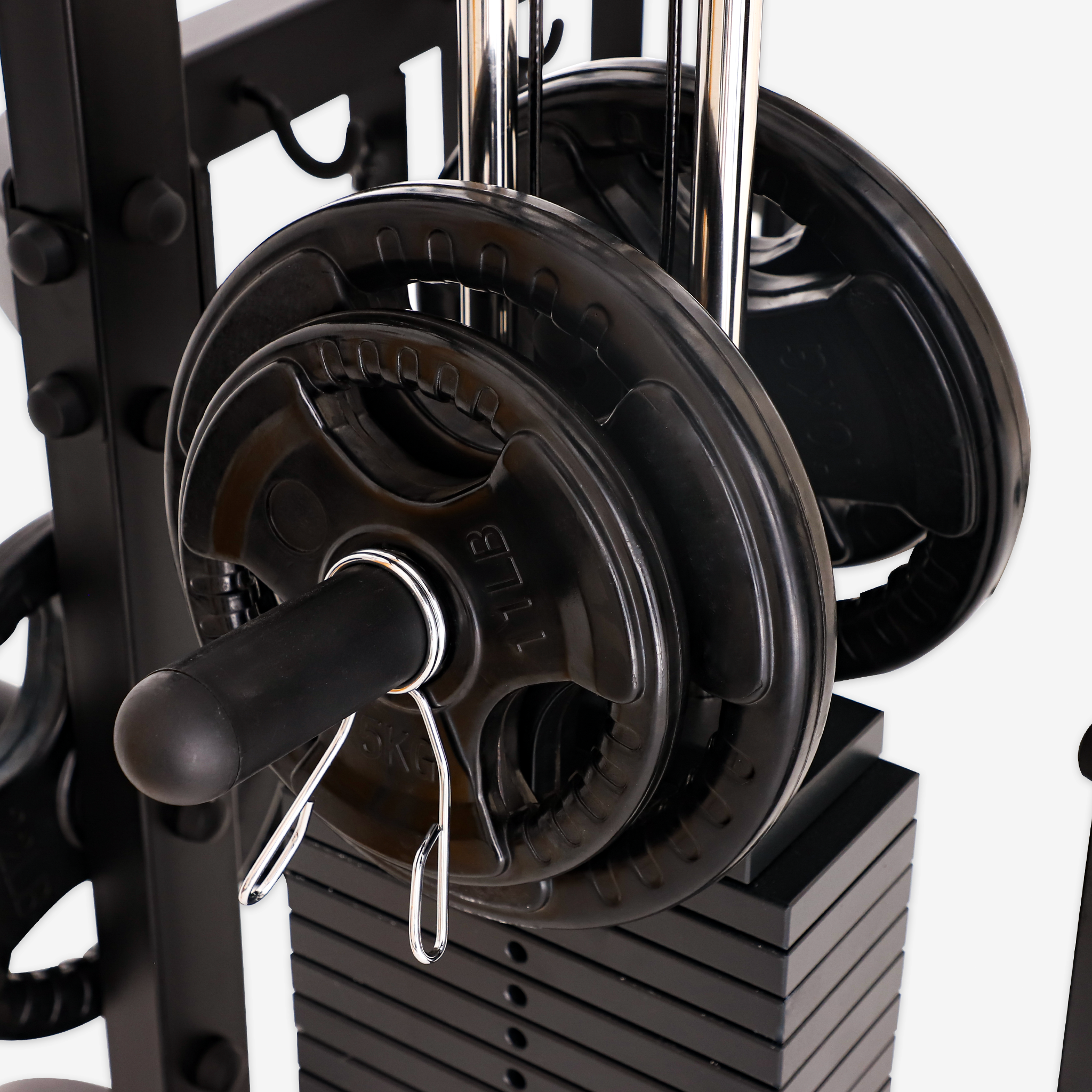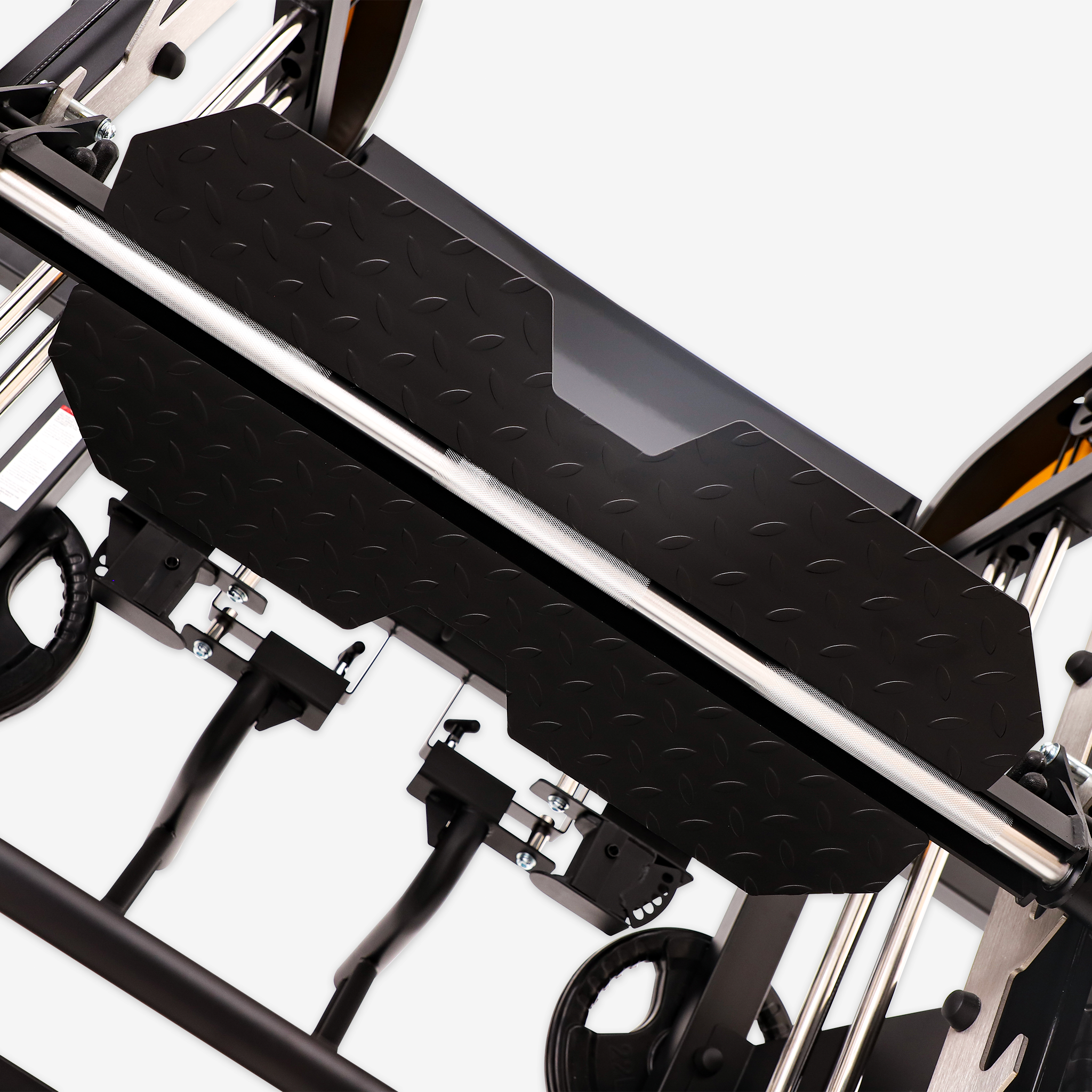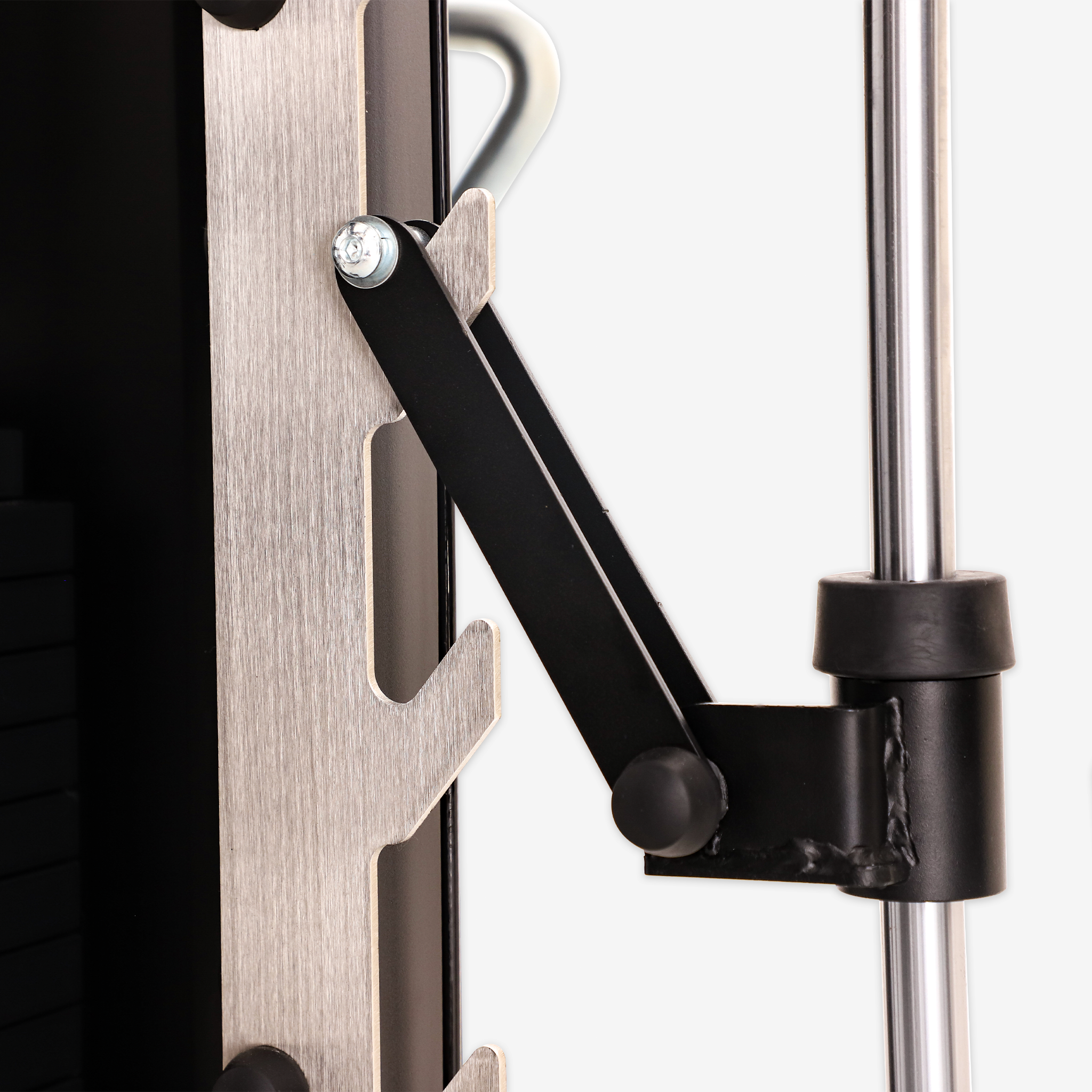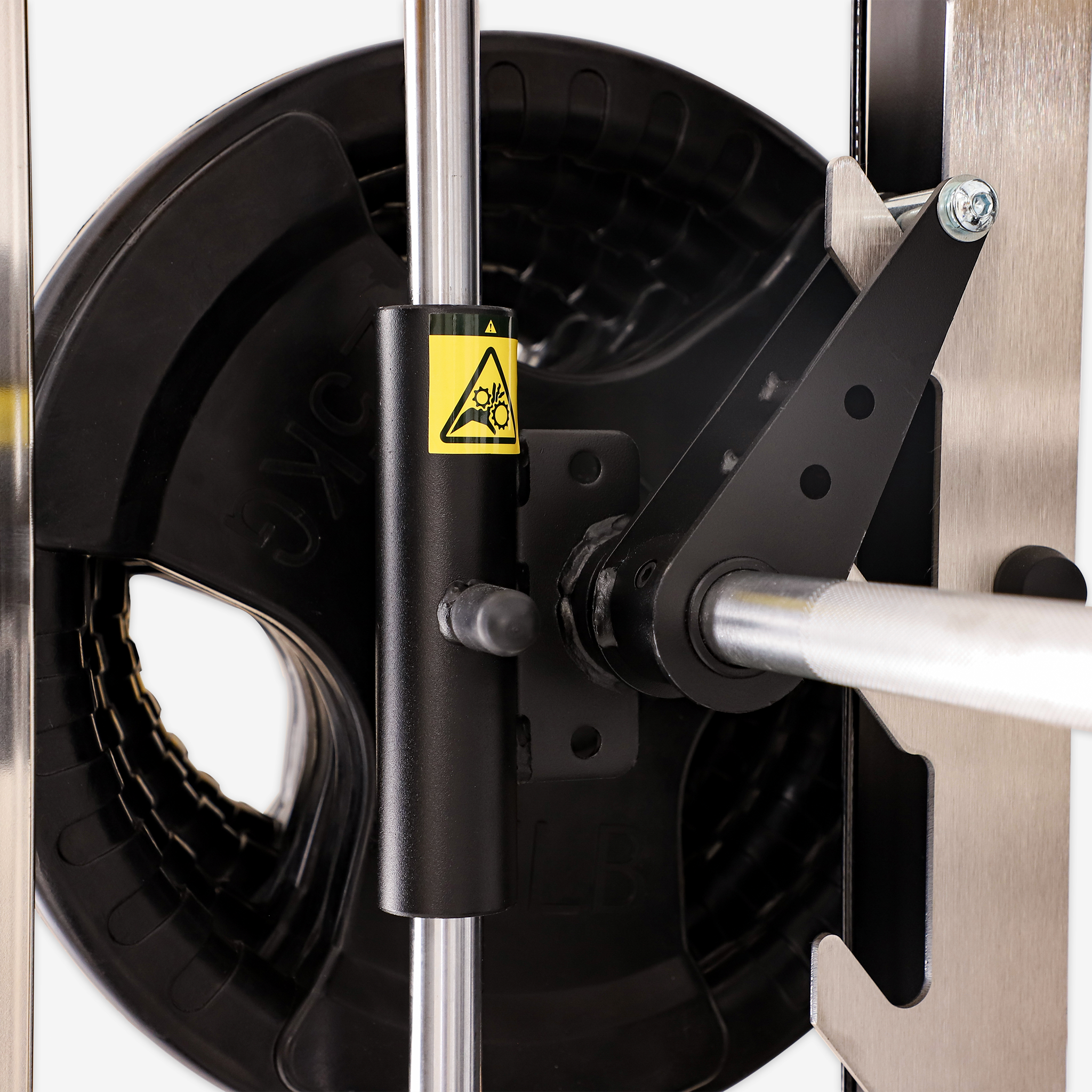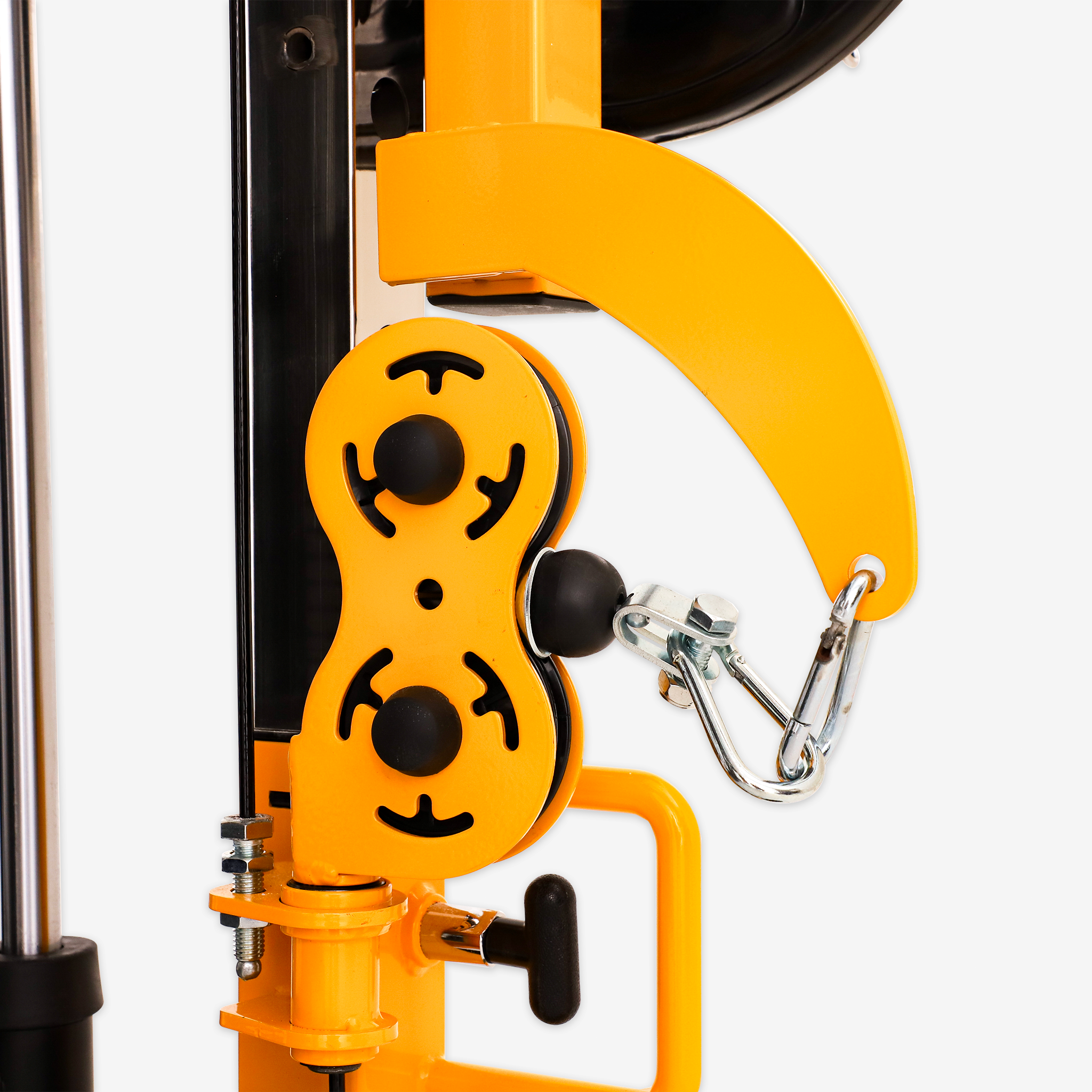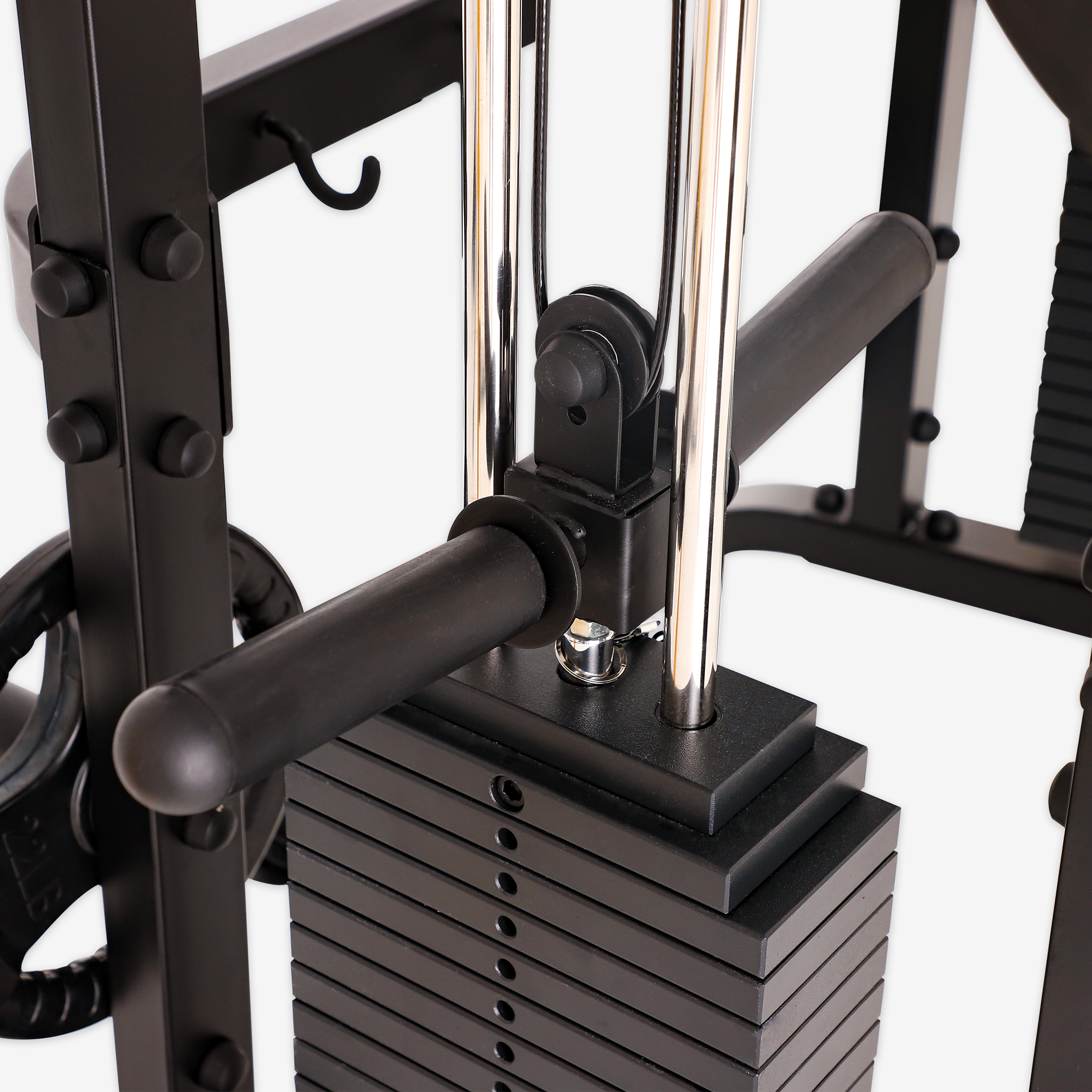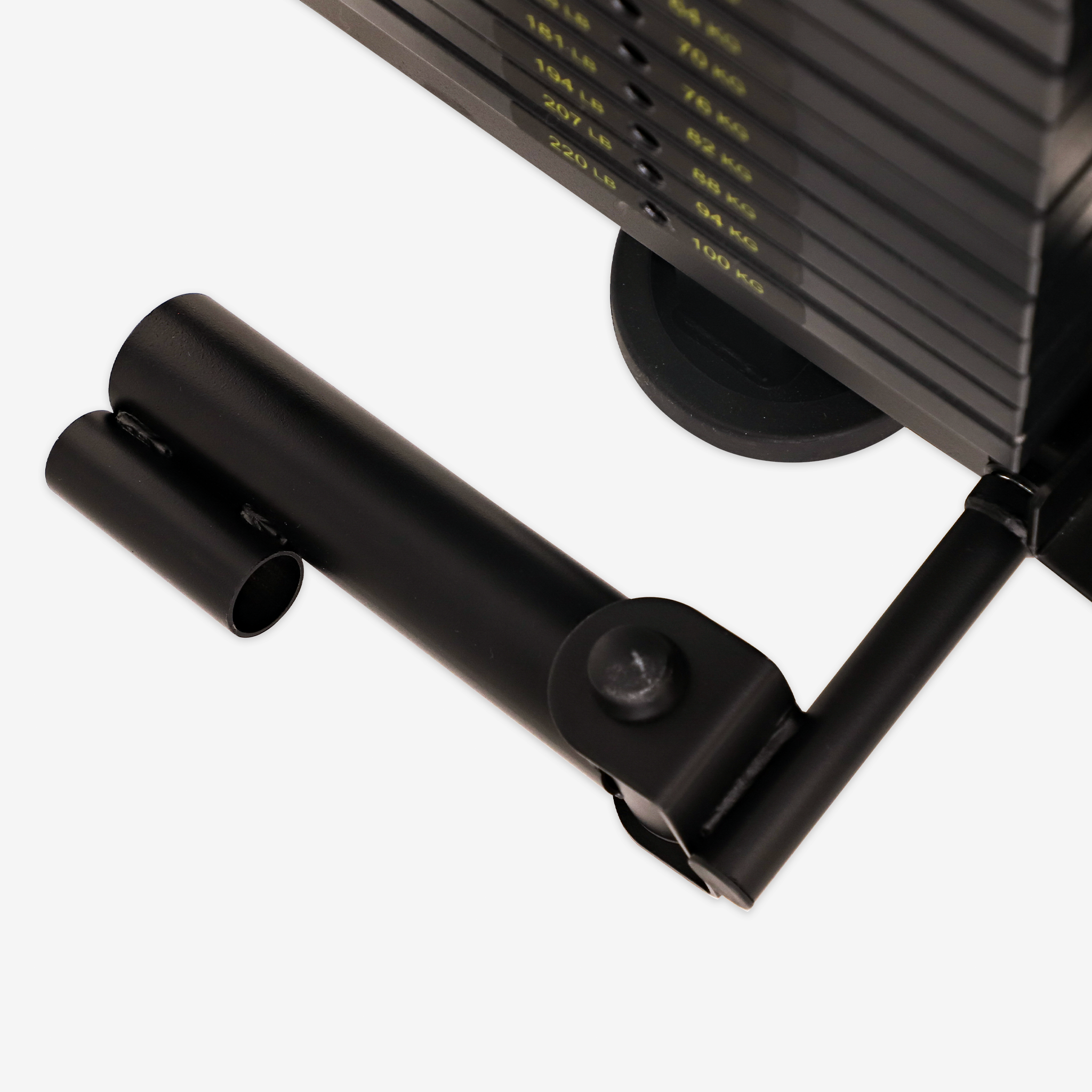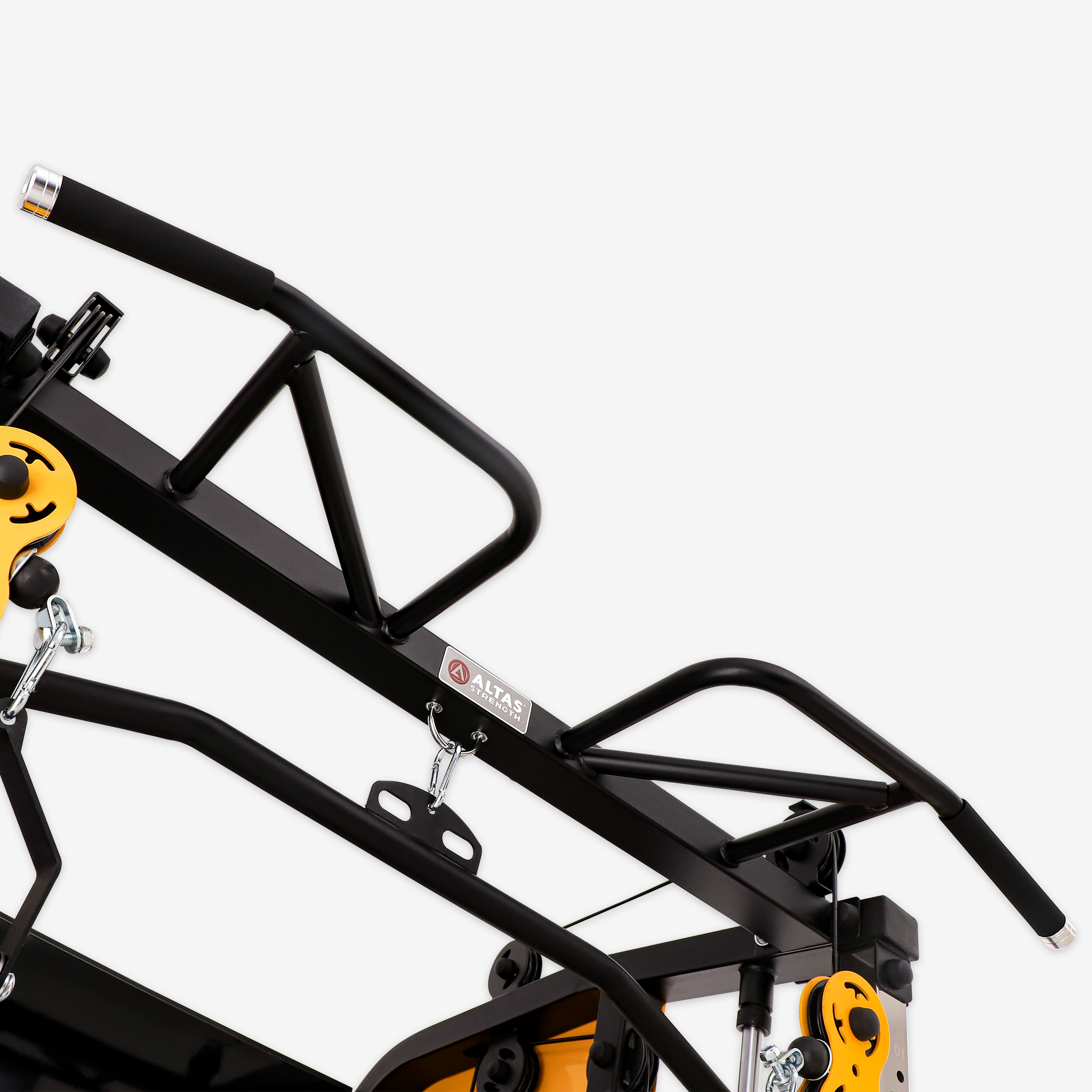Hyperextension exercises are among the most effective ways to strengthen your lower back, glutes, and hamstrings. Performed using a Roman chair or hyperextension bench, they not only enhance strength but also improve posture, flexibility, and overall mobility. Whether you’re an athlete, fitness enthusiast, or someone who sits for long hours, incorporating hyperextension into your training routine can deliver long-term benefits for both performance and spinal health.
1. Strengthening the Lower Back and Gluteal Muscles
Hyperextension primarily targets the posterior chain—including the erector spinae, gluteus maximus, and hamstrings. By performing controlled extension movements, you can relieve lower back tension, improve posture, and build a stronger foundation for compound lifts like squats and deadlifts. Strengthening these areas also improves hip joint stability, essential for overall athletic performance.
2. Enhancing Flexibility and Joint Range of Motion
Hyperextension combines isometric contraction with eccentric stretching, allowing muscles to lengthen under tension. This increases flexibility and expands the range of motion in the hips and lower back. Practicing hyperextension stretches for 30–60 seconds, two to three times a week, can result in measurable improvements in flexibility within weeks.
3. Improving Posture and Core Stability
Consistent hyperextension training engages the core and hip flexors, helping maintain the natural curvature of the spine. It counteracts the forward-leaning posture caused by long hours of sitting and enhances balance and stability. As a result, both your daily movements and other strength exercises become more efficient and controlled.
4. Reducing the Risk of Injury
Improved flexibility and muscle balance reduce the risk of strains and sprains during physical activity. Regular hyperextension training increases the elasticity of muscles and tendons, lowering the chance of injury from stiffness or overexertion. It also serves as an effective addition to warm-ups before sports or heavy lifting, preparing the body for dynamic movements.
5. Boosting Athletic Performance
By strengthening the back and improving mobility, hyperextension enhances performance across various sports. Runners benefit from greater stride efficiency, while weightlifters gain more stability and control in lifts. The exercise improves both strength and speed, making it a versatile addition to training programs focused on agility, endurance, and explosive power.
6. Promoting Blood Circulation and Recovery
During hyperextension, the muscles of the lower back and glutes contract and relax rhythmically, boosting local blood circulation. This increased flow delivers oxygen and nutrients more efficiently, helping muscles recover faster and reducing post-workout soreness. Improved circulation also helps flush out metabolic waste, promoting overall recovery and tissue health.
7. Improving Psychological State and Stress Reduction
Hyperextension doesn’t just benefit the body—it supports mental wellness. When paired with deep breathing, this form of stretching helps relieve stress and tension, promoting calmness and emotional balance. Many practitioners report reduced anxiety and improved focus after consistent practice, making it both a physical and psychological reset.
Conclusion
Hyperextension is a comprehensive exercise that integrates strength, flexibility, core stability, and recovery in one movement. It strengthens essential muscle groups, corrects posture, reduces injury risk, and enhances both physical performance and mental well-being. Whether you’re a beginner or an advanced athlete, incorporating hyperextension into your fitness plan can lead to a stronger, more balanced, and resilient body—inside and out.

